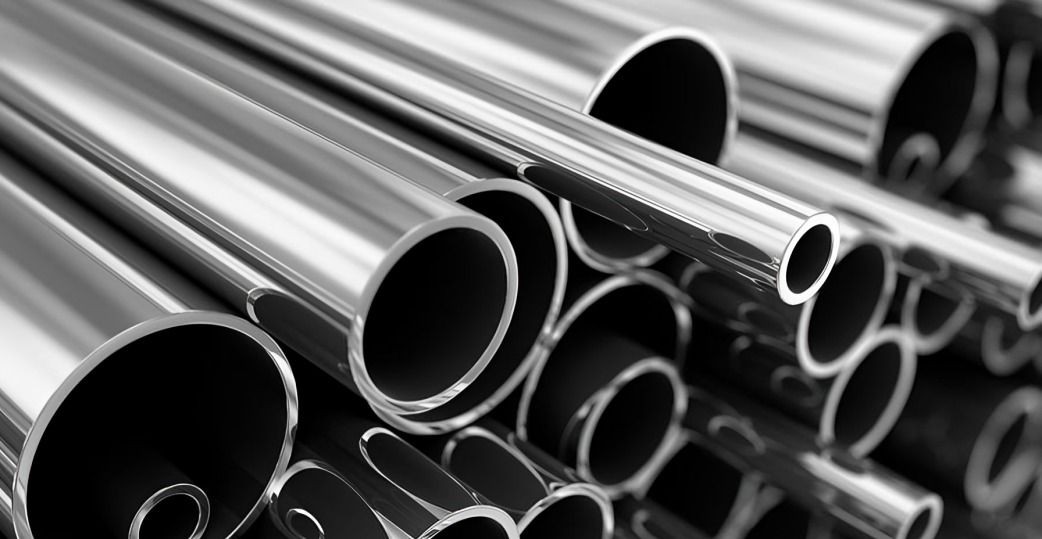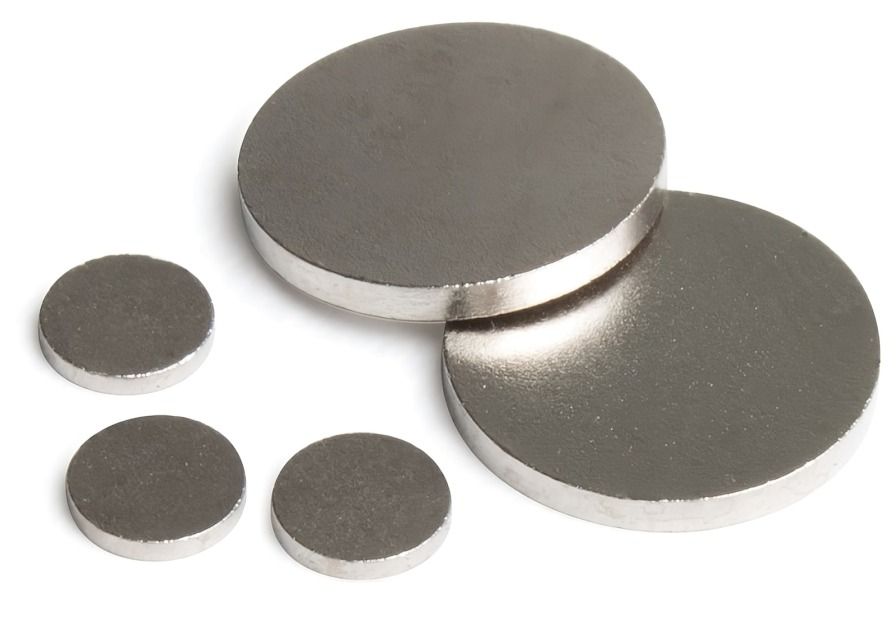
“
Metals have been integral to human civilization for millennia, influencing everything from ancient tools to modern technology. Their unique properties, such as conductivity, malleability, and durability, make them indispensable across various applications. In this article, we delve into 20 Fascinating facts about metals, exploring their diverse types, historical significance, and wide-ranging uses.1
1
”
Aluminum is the most abundant metal in the Earth's crust, making up about 8%. It's primarily extracted from bauxite ore through the Bayer process, which involves refining bauxite to obtain alumina. 1
Copper is known for its excellent electrical conductivity, second only to silver. Its ability to efficiently conduct electricity makes it essential in electrical wiring and electronic components. 2
Gold is highly resistant to corrosion and tarnish, so it has been prized for jewelry and coins for centuries. Its non-reactive nature is due to its complete electron shell, preventing chemical interactions. 3

Iron is rarely used in its pure form; instead, it's commonly alloyed with carbon to create steel. Steel's enhanced strength and durability make it the backbone of construction and manufacturing.
Titanium is renowned for its remarkable strength-to-weight ratio, making it ideal for aerospace applications. Its corrosion resistance also allows it to be used in medical implants. 4
Lead (Pb) is a soft, silvery-grey metal known for its malleability, ductility, and density, but it is a poor conductor of electricity. Lead is highly durable and resistant to corrosion, evidenced by its use in ancient Roman water pipes. 5
Mercury is the only metal that is liquid at room temperature. Its unique properties make it useful in thermometers, barometers, and various scientific applications, although its toxicity is a major concern. 6

Zinc is often used to coat other metals to prevent corrosion, a process known as galvanization. This application extends the lifespan of steel structures, especially in outdoor environments.
Nickel is a key ingredient in stainless steel, known for its rust and staining resistance. It makes stainless steel ideal for kitchenware, medical instruments, and industrial applications. 7
Rare earth metals like neodymium and dysprosium are essential in high-tech applications like magnets and batteries. Despite their name, they are not necessarily rare in abundance but are difficult to extract. 8
Aluminium foil is versatile and used for cooking, insulation, packaging, and art. Its malleability allows it to be easily shaped, while its heat-reflective properties enhance its functionality. 9

Cobalt is used to produce high-strength magnets, particularly in electric motors and generators. Its ability to maintain magnetism at high temperatures is crucial for many industrial applications.
Silver has natural antimicrobial properties, making it valuable in medical applications like wound dressings and coatings. It can inhibit the growth of bacteria and fungi, promoting faster healing. 10
Manganese is an important alloying agent in steel production, enhancing toughness and hardness. It helps improve the steel's ability to withstand high temperatures and resist wear. 11
Tin has been used since ancient times, particularly in the production of bronze when alloyed with copper. Today, it's commonly used for coating steel cans to prevent corrosion. 12

Bismuth is a non-toxic heavy metal often used as a safer alternative to lead in various applications. Its low toxicity makes it popular in pharmaceuticals, particularly for digestive health.
Tungsten has the highest melting point of all metals, at 6,192°F (3,422°C). This property makes it ideal for applications in lighting filaments and aerospace components. 13
Gallium can melt in your hand, with a melting point just above room temperature at 85.58°F (29.76°C). Its unique properties make it useful in electronics and solar panels. 14
Bronze, an alloy of copper and tin, was pivotal in human history, marking the Bronze Age. Its strength and resistance to corrosion allowed for the creation of tools, weapons, and art. 15
Graphene, a one-atom-thick layer of carbon atoms, exhibits exceptional strength and conductivity. Researchers are exploring its potential in electronics, energy storage, and composite materials. 16


